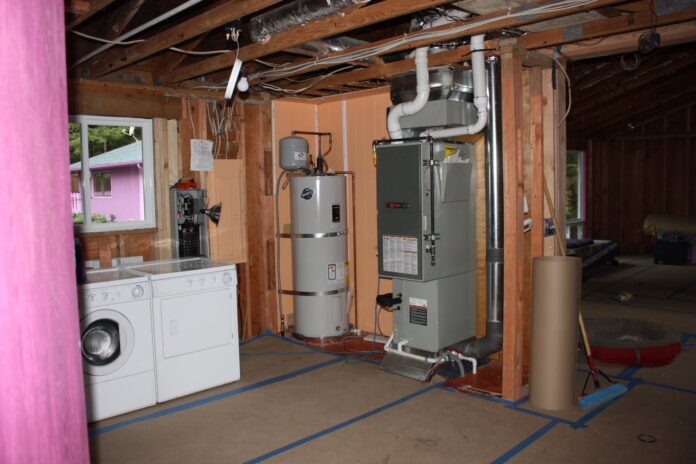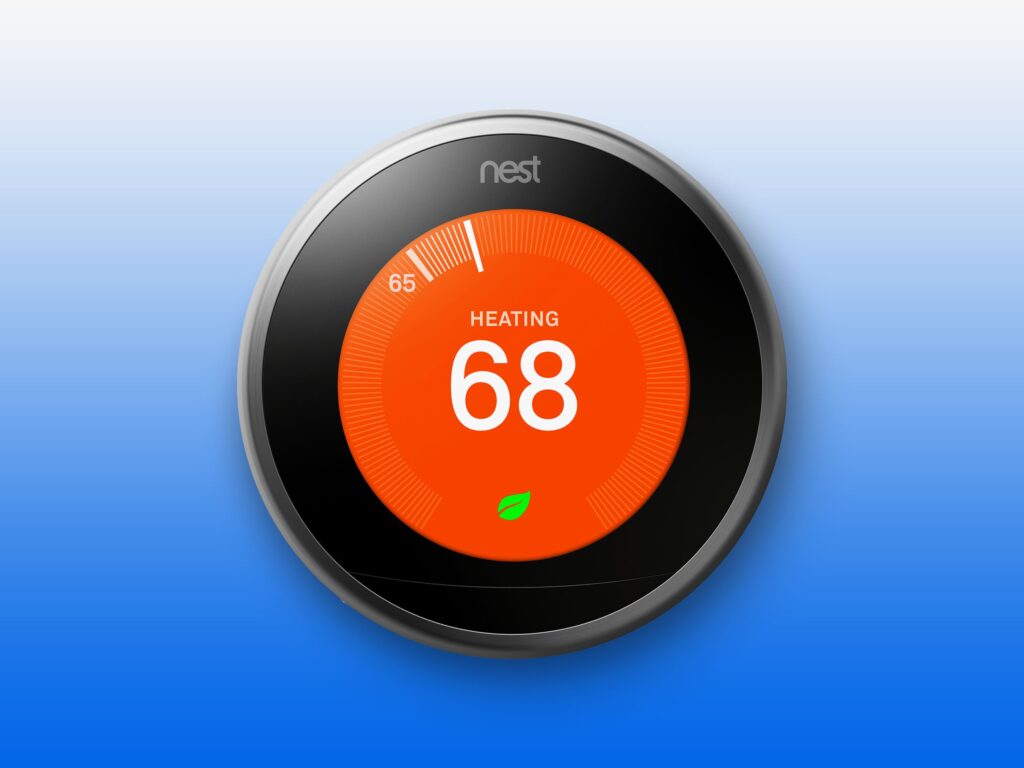
Your furnace is one of the most essential parts of the house. It’s what provides your home with adequate heating and some also provide your home with hot water. Both of these are things you and your family will surely need when winter comes, and we all know how cold winters can get in Canada.
But with your furnace working so hard for significant parts of the year, it’s bound to break down eventually. Common issues with furnaces can range from inadequate heating caused by stoppages, issues with your thermostat not functioning as intended, or even wear and tear in various parts of the furnace causing a large drop inefficiency. Whenever these things happen, it’s always good to consult the experts in your area to help you sort the issue out.
But even before you’re met with these severe issues, you can do some minor things that will help keep your furnace running as smoothly as possible in the meantime. Here are some helpful tips from Smilehvac.ca:
1. Keep your home clean

This should come as no surprise, but a clean living space helps with a lot of things around the house. Take special care of the areas of your house near your HVAC system: this means your air intakes and vents. Dust and hair building up can get into the registers that lead to your equipment. This can lead to stuff building up in your furnace’s air filter.
A clogged filter will make it harder for the filter to take in air and leads to inefficient or uneven heating of your house. Not to mention that if you keep a clogged furnace going, it’ll become a fire hazard as the overworked system begins to overheat. You should check and clean out your filter regularly as well. Doubly so if you live with pets. Make sure you also keep the areas around the registers clear of clutter as well to make sure that as much air as possible goes into your furnace to be heated.
It’s recommended to do the annual maintenance of your furnace. Just to check whether it has any issues and if it is, quickly fixes them until it’s not too late. It’s worth to mention, that you need to change furnace filters every 3 months. You might need to do it more often if you have pets at home or people who smoke at home.
2. Look into automating your thermostat

You won’t be home 24/7, so why should your furnace have to keep working all day long? You’re wasting money by keeping the heating on while you’re out to work. It’s a good idea to invest in a programmable thermostat. This is especially true for homes with older furnaces that are generally less efficient. You can set specific times for when your furnace should start heating up and when it should turn off for when you’re out and about.
Some models these days even sync with your smartphone so you can manually turn your furnace on while you’re still heading home for those especially cold days. Of course, you should always talk to professionals when you’re looking to install a new thermostat for your home.
3. Prevent heat loss around the house

Heat loss will drive up your utility costs no matter how efficient your furnace is. Drafts lead to uneven heating around the house which will cause your furnace to work harder to maintain your set temperature. Make sure you seal off all those cracks around the house before the winter comes. Some problem areas for this include your windows, doorways, and your garage. Weather seal these areas as you find problems and you’ll be saving yourself not only from inefficient heating but from water seepage as well.
Aside from that, why not look for other ways to keep heat in your home as well? Using the oven in the winter helps keep your house warm and takes some of the efforts away from your furnace, at least for a while. So why not take some free time to pursue some baking? Getting out that rug from the closet is also a good way to keep the heat as it can prevent drafts that might come up from the basement as well.
4. Help circulate heat around your home better

The furnace keeps running until your home is at the temperature that you set with the thermostat, so why not help it along with its job? Having a fan in large rooms running will help circulate the heat better. Warm air moves towards the ceiling so having a ceiling fan helps agitate the air and blow it back down. If your furnace system doesn’t come with a humidifier, consider getting a portable model. The air in your house tends to become drier during the colder months, this makes it harder for heat to disperse. Plus, if the air is too dry, it could cause you some discomfort like sore throats or itchy skin, so it’s a win-win.
5. Have a routine yearly furnace check

Of course, no matter how careful you are, your furnace will run down eventually. Parts will deteriorate causing it to run less efficiently or even break down completely. For this reason, it would be a good idea to have your local HVAC specialist take a look at your furnace annually. This way, you can spot potential issues upfront and begin to plan accordingly for a future expense if needed. For an inspection, it’s typically a good idea to have one done before the colder months come. That way you can deal with any repairs that might be required before you start running the furnace more regularly.
Of course, for those times when you need someone to come and take a look, professional technicians in your area should know how to fix your furnace and make it as efficient as possible.














